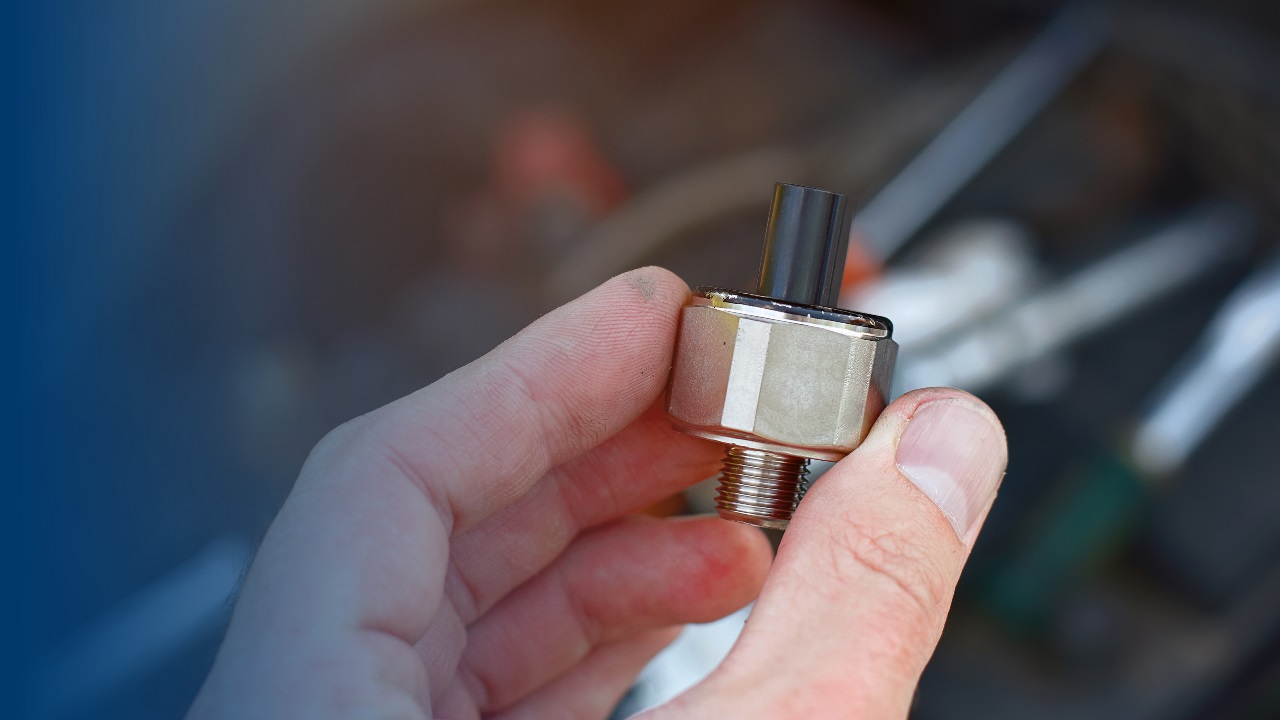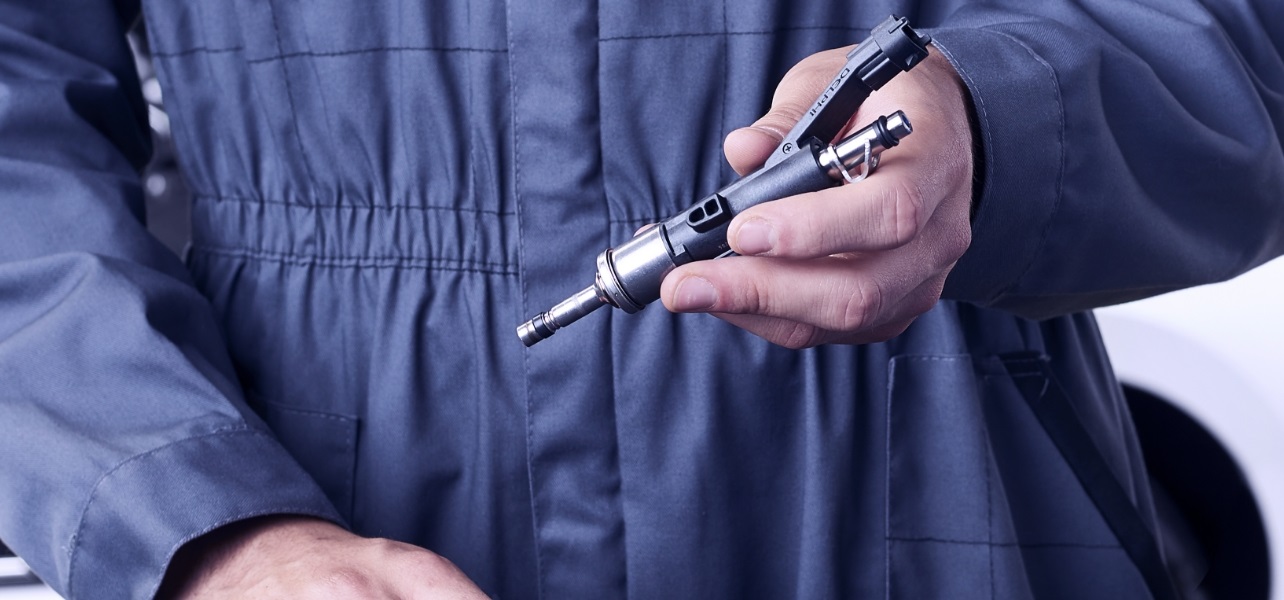Resource Highlights

What is a knock sensor?
The knock sensor measures the vibrations and timings of the explosions being created inside the engine and converts it into signals sent to the ECU. It is used to detect the signs of engine knock which could cause damage to the engine if left unchecked, and to make sure the engine maintains the correct emission levels.
What is engine knock?
Engine knock is the sound and reaction made by the combustion within the engine. The effect of unplanned explosions not caused by the controlled ignition inside the engine is known as pinking.
There are a number of possible causes for engine knock, including ignition timing being off, or the wrong air/fuel mix within the engine. It could also indicate a faulty spark plug (in a petrol engine) or a buildup of dirt inside the cylinder.
What does engine knock sound like?
Engine knock has been widely described as a tapping sound that gets louder and faster as the vehicle accelerates. However, engine knock can sound different inside different vehicles depending on the size of the engine, whether it’s idling or accelerating, and other different factors.
Choose quality replacement knock sensors from Delphi. See the range today.
What does a knock sensor do?
The sensor measures engine knock from the vibrations coming from the engine, and sends different voltages as signals to the ECU. If there are any potential issues with the rate or amount of engine knock, the ECU can adjust the air/fuel composition to try and fix it.
Is the knock sensor important?
The knock sensor is an important part of a vehicle. Its role is to act as an electronic ear pressed up against the engine. Without the sensor measuring the vibrations, the ECU wouldn’t be able to detect if something were amiss. Left to its own devices, the engine could be seriously damaged.
Where is the knock sensor located?
A vehicle’s knock sensor – if there is one – is generally bolted to the outside of the engine block. The sensor itself looks a little bit like the end of a stethoscope. Although most vehicles have just one centrally located knock sensor, some four-cylinder vehicles have four sensors for greater accuracy.
Find a wide range of replacement knock sensors from Delphi.
How does a knock sensor work?
The knock sensor contains a stack of paper-thin piezoelectric crystals which create voltage when compressed. The engine knock compresses the crystals in the sensor to different degrees, which then sends different voltage signals to the ECU. The ECU can then make any required changes to the engine firing to keep it running. Human listeners can detect any major knocking issues, but the knock sensor can detect almost imperceptible levels of knock outside an acceptable range.
The number of knock sensors in the engine depends on the number of cylinders and engine technology. One knock sensor measures a four-cylinder engine, while a six-cylinder engine would need a knock sensor for each bank of three cylinders. This is generally the minimum, but manufacturers can choose to add more.
What happens if a knock sensor develops a fault?
A defective knock sensor can severely impact engine performance, resulting in any of these potential symptoms:
- Reduced engine performance
- Severely reduced fuel economy
- Poor acceleration
- Power loss and ‘limp home’ mode
- Knocking or pinking noise from the engine.
The engine knock may increase because the bad knock sensor is unable to send the message to the ECU that it needs to correct the engine firing issue.
You can use an oscilloscope to test the knock sensor for a signal. Getting a quick, accurate reading from the oscilloscope will help you determine what parts need to be repaired or replaced.
Can I drive with a faulty knock sensor?
For safety reasons we would strongly advise against continuing to drive a car with a knock sensor that has developed a fault. If the sensor can’t tell the engine there’s an issue with the engine firing, the continued misfiring of the engine can severely hamper vehicle performance and eventually cause significant damage.
If the knock sensor isn’t properly calibrated, it could also send error codes to the ECU even if the engine knock isn’t at a rate of concern.
How to replace a knock sensor
Replacing a knock sensor involves locating the sensor on the engine, disconnecting the bolt, and removing the sensor and module from the locations. Then fix the new knock sensor into place the same way.
Be aware that the knock sensor is often obscured by other components on the engine block, all of which should be removed safely and carefully before starting to remove the knock sensor.
Ensure that the sensor and module are fitted back at the manufacturers’ recommended torque, and that all fixtures have been replaced. Use a diagnostic tool to calibrate the sensor so the onboard computer can re-adjust to its readings. Also clean the area where you replace the tool so the sensor can pick up a more accurate reading.
Find a replacement knock sensor and many more replacement parts from the wide range available at Delphi.
SIGN UP TO FIND MORE
Fill up your details to hear more from our experts and get the latest updates from Delphi.



